The push for greener grocery stores
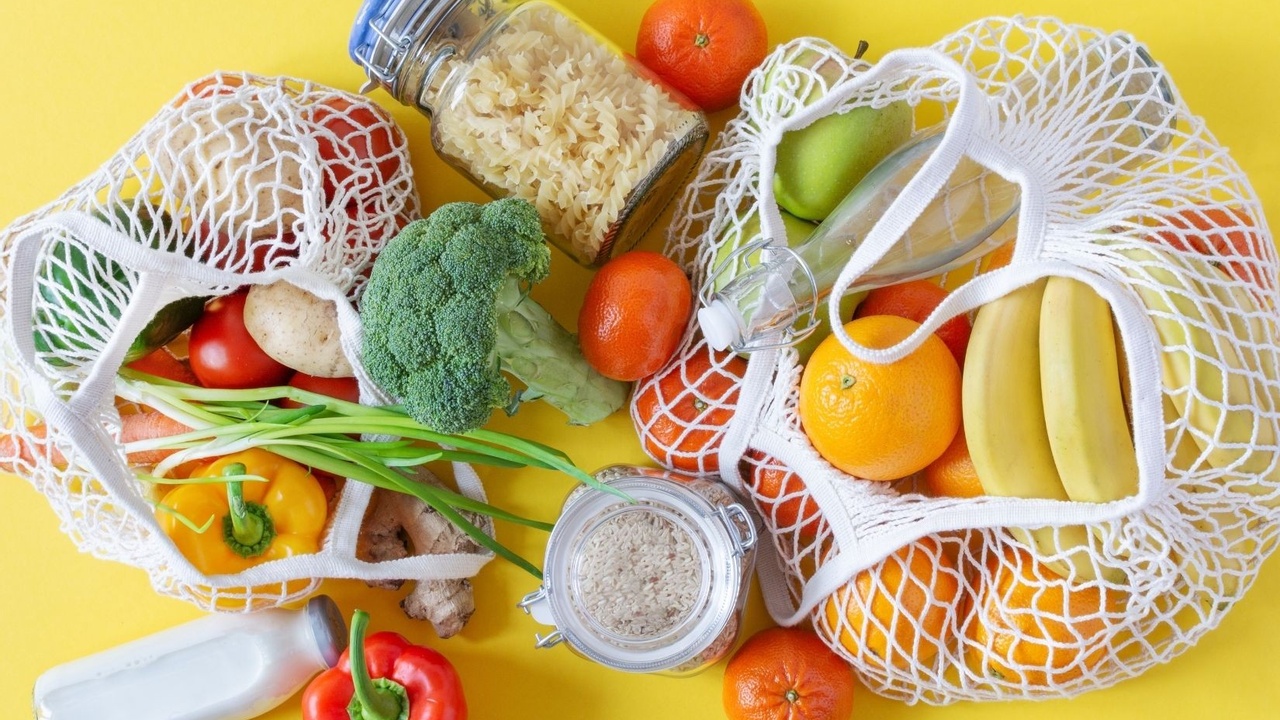
Pursuing a green lifestyle isn’t always easy – it’s true that eco-friendly goods and services aren’t always available, accessible or affordable, never mind convenient. As much as we may try to minimize our impact on the planet, sometimes the systems in place make that difficult.
While we are seeing many businesses going green and making commitments to reduce their environmental impact, there are still some businesses (especially essential services) that seem to be stuck in their environmentally harmful ways.
Take grocery stores, for example. Grocery stores are vital components of the built environment that make neighbourhoods and communities liveable. While it is possible to purchase some of your food from alternative sources such as farmer’s markets, community gardens, community supported agriculture, and your own backyard, chances are that you’ll still need to visit the grocery store every now and again.
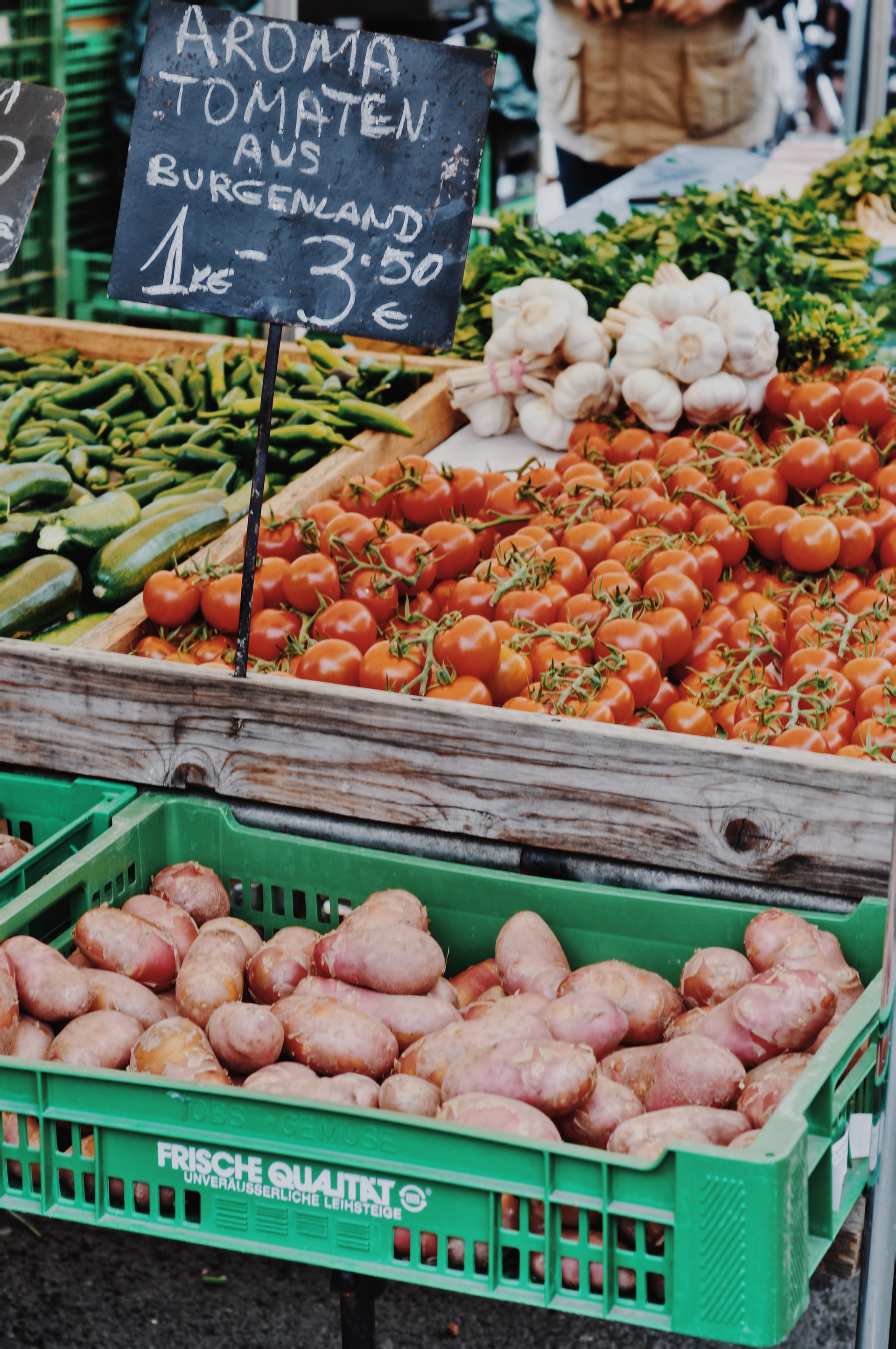
So, given the fact that shopping at grocery stores is somewhat unavoidable (and for some people is their only source of food due to transportation or financial restraints), wouldn’t it make sense for grocery stores to be as sustainable as possible?
You would think so – but unfortunately, many grocery stores (especially chains) haven’t yet made many changes towards going green.
What are some of the issues associated with grocery stores?
If you’re not already familiar with the environmental issues surrounding grocery stores, they basically boil down to two main problems: the use of plastic and the production of food waste.
It is very common to find TONS of plastic within one grocery store. Modern food packaging has relied quite extensively on plastic because it is cheap, durable, and sanitary. Whether you are buying a block of cheese, blueberries, or a loaf of bread, it can be really difficult to avoid food items wrapped in plastic.
In some cases, plastic packaging can be quite ridiculous. Produce items that have their own natural packaging (like peels) can be found wrapped in plastic, when just a few years ago those items had no packaging.
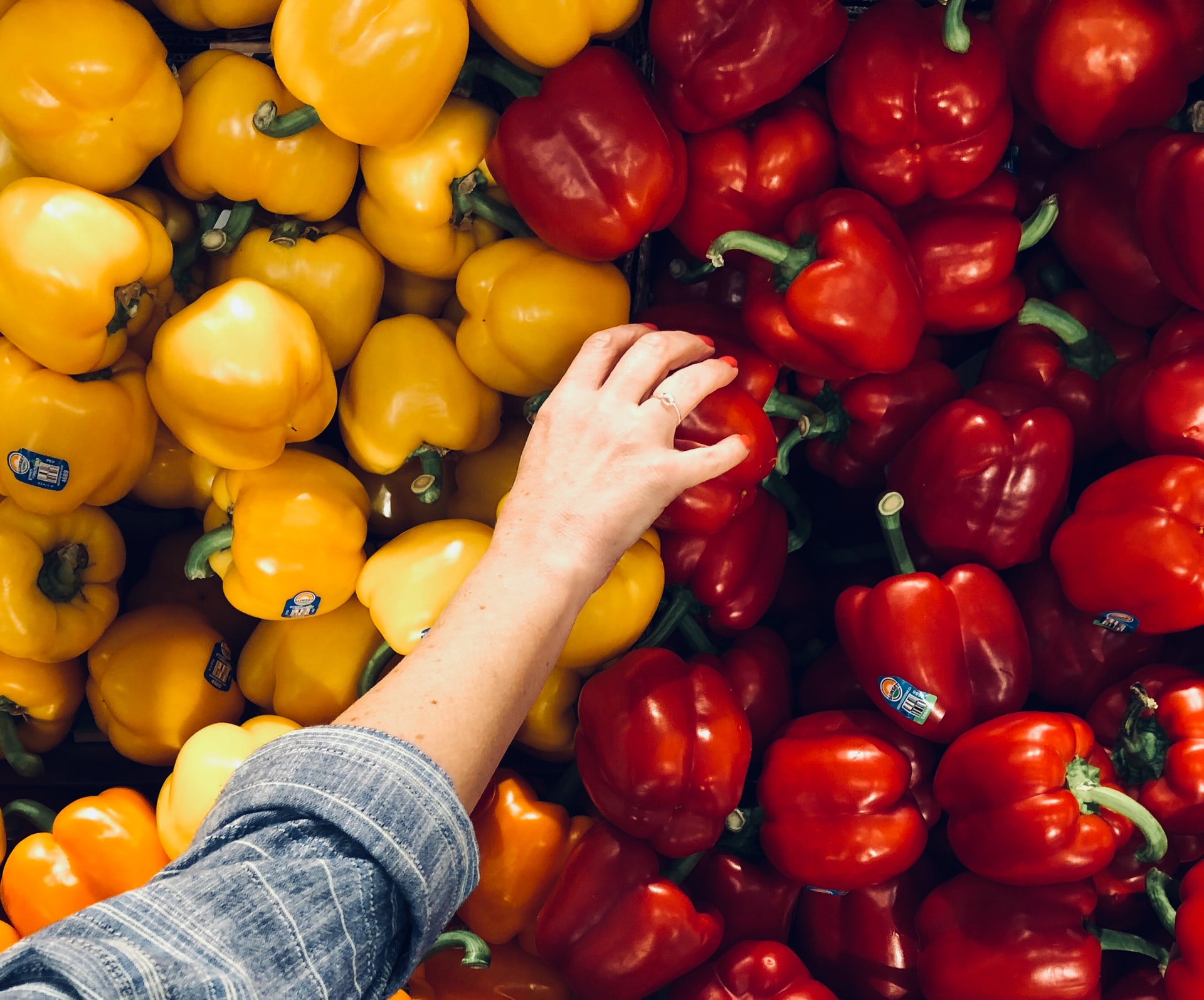
Needless to say, this plastic packaging is designed as single-use and is treated as such. While some of these plastic items are able to be recycled, a large percentage of them are thrown in the garbage. This is an issue, as plastics never fully decompose or break down in the landfill. Instead, they become micro-plastics that have the ability to filter through the food chain and harm animals and humans.
Let’s not forget that plastic is made from natural gas processing or crude oil refining, contributing to the creation of greenhouse gases and other types of air pollution.
In addition to the use of plastic, grocery stores are responsible for significant amounts of food waste. In the United States, grocery stores account for 10% of the food that is landfilled across the country. Not only is this an issue because this food could have been consumed by those in need, but also because organic matter, when sent to the landfill, produces methane, a powerful greenhouse gas.
A Greener future for grocery stores
Just because there are still many grocery stores that aren’t doing their part when it comes to environmental action, that doesn’t mean that environmentally conscious ones don’t exist! Or that these new eco-friendly stores won’t push existing ones to do better!
In fact, zero-waste grocery stores are beginning to emerge around the world – and they are looking like they could be the future of grocery shopping. Which is really exciting to me!
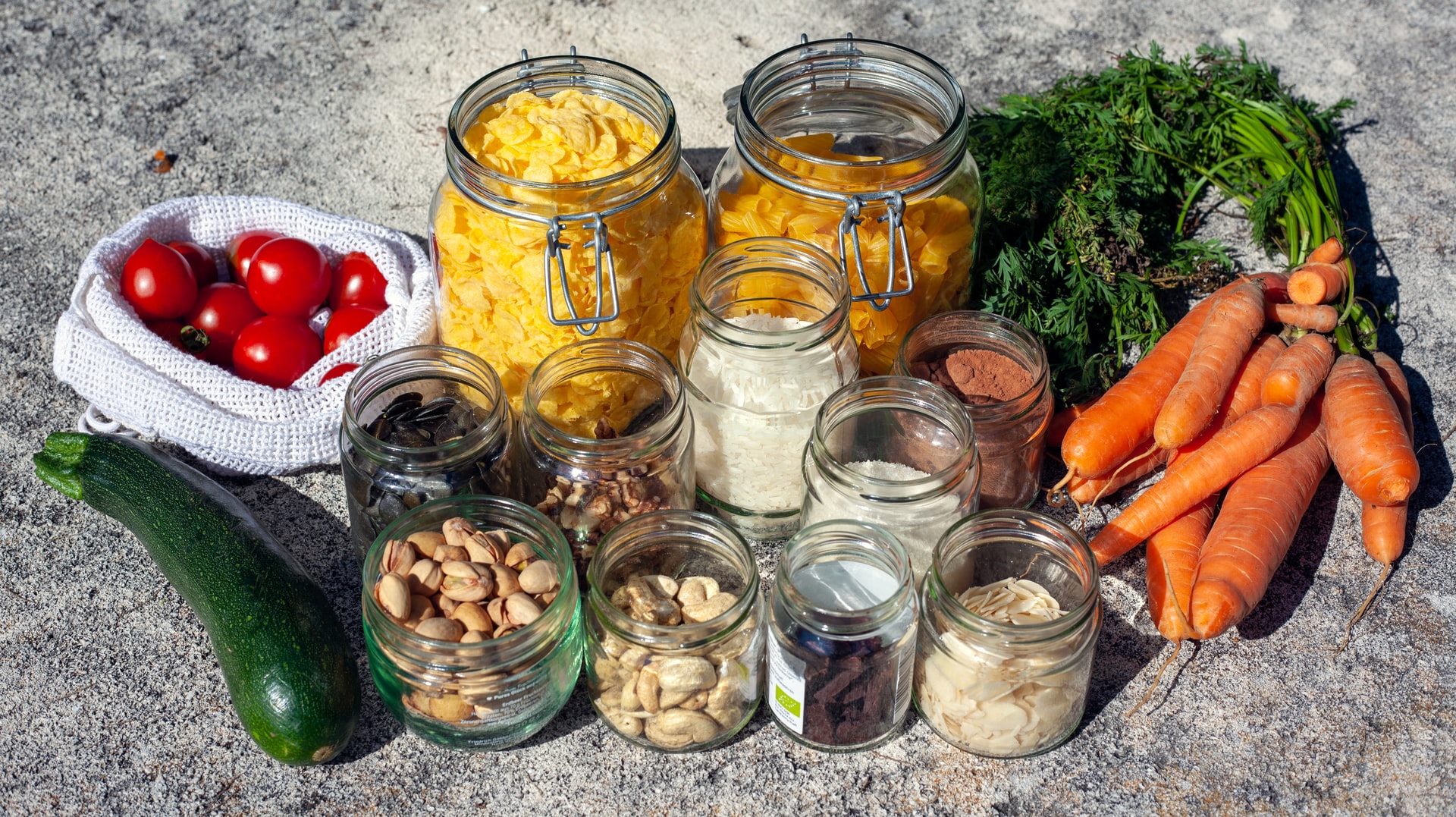
Zero-waste grocery stores are stores that aim to remove all forms of unnecessary waste (both packaging and food waste), providing shoppers with a hassle-free and eco-friendly experience.
So, what does a zero-waste grocery store look like?
Zero-waste grocery stores are becoming more common all around the world. You can find them popping up in Canada and the United States to Malaysia and South Africa. Of course, this means that zero-waste practices within these grocery stores will differ. Often, zero-waste isn’t just about forgoing packaging, but also about doing what’s best for the local economy and stocking in-season food items.
However, there are a few practices and goals that are commonly found in most zero-waste grocery stores.
The first has to do with packaging. Wherever possible, zero-waste grocery stores will avoid any kind of packaging. For example, if you look in the produce section of a zero-waste grocery store, produce is left unwrapped. Everything from carrots, to mushrooms, to heads of lettuce are left loose, and it is up to customers to bring their own reusable bags to put them in.

Similarly, items such as flour, grains, nuts, cereals, and spices are sold in bulk. Customers can fill up a reusable container with the amount they require, eliminating the need for single use plastic containers.
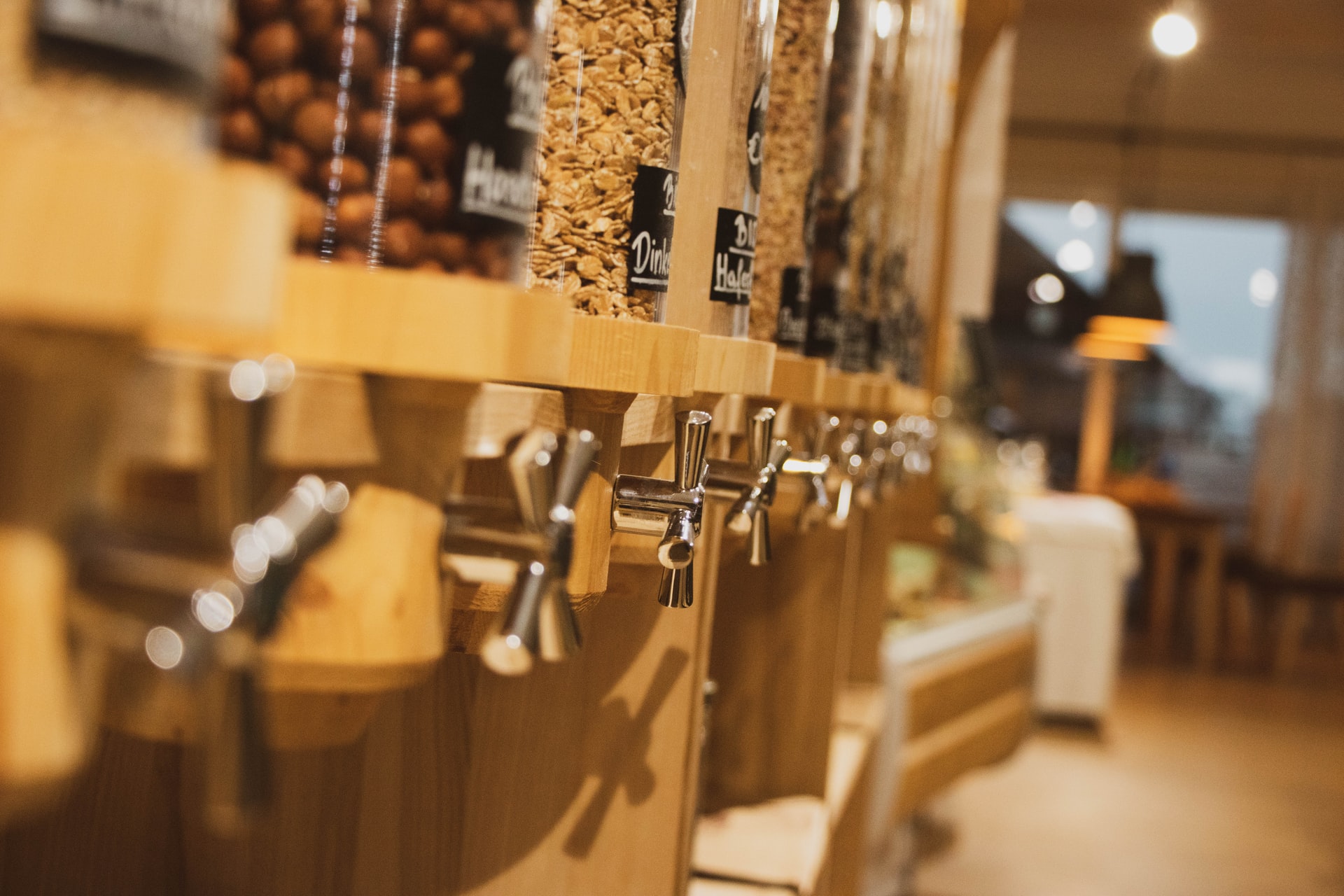
In cases where packaging just can’t be avoided, zero-waste grocery stores use recyclable, compostable, and reusable packaging instead of plastic. Some grocery stores have been getting creative when it comes to eco-friendly packaging! For example, a supermarket in Chiangmai, Thailand uses banana leaves to package up their produce and have something to stick labels to.
In some grocery stores, food items packed in reusable containers have a deposit fee that encourages consumers to bring the containers back.
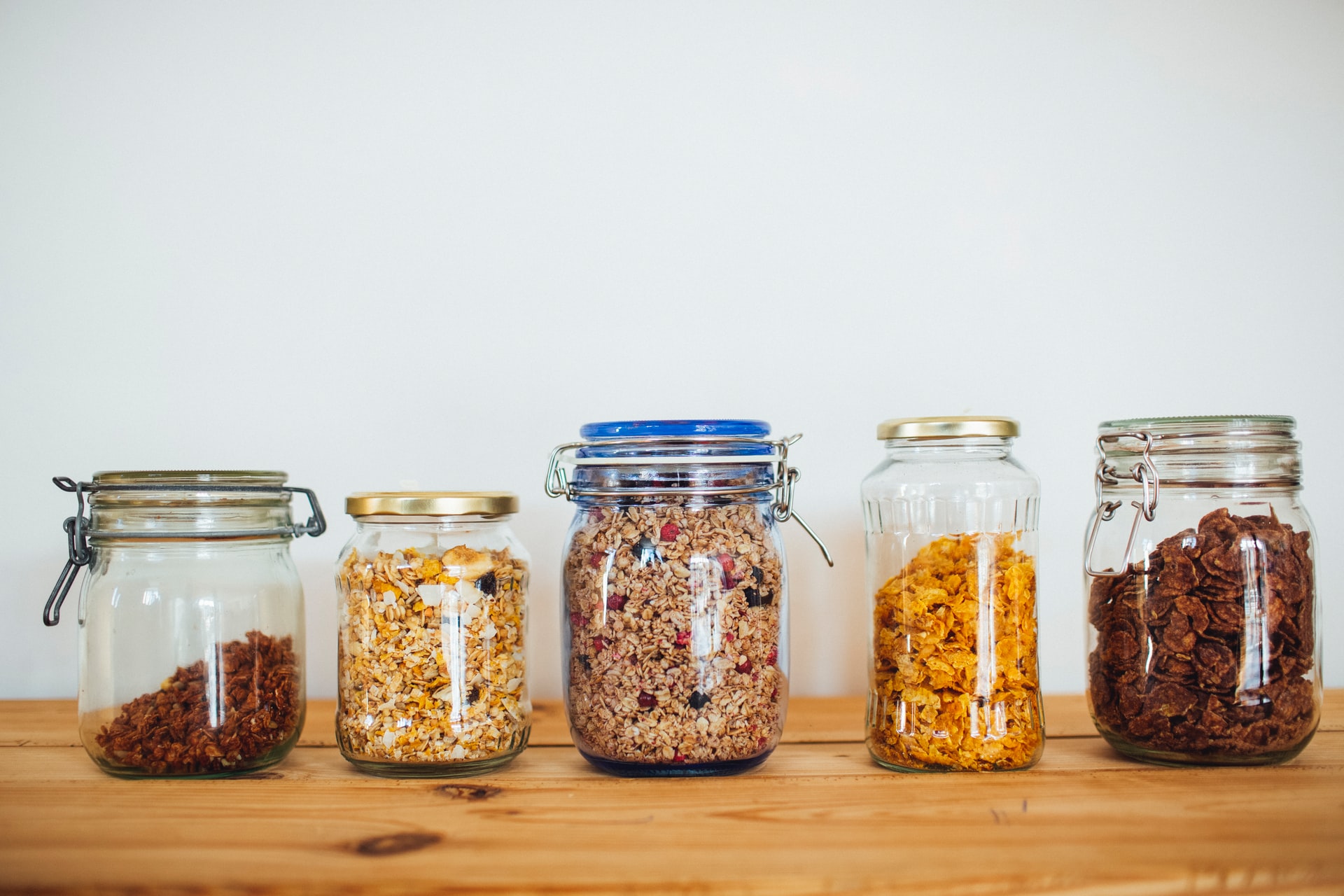
Now, what are zero-waste grocery stores doing about food waste?
In order to tackle the other main issue associated with traditional grocery stores, zero-waste grocery stores have some tactics for reducing food waste.
For example, the zero-waste grocery store, Nada, in Vancouver Canada, has measures in place to prevent surplus food from being sent to the landfill. Their in-house café uses leftover food to create soups, smoothies, and other tasty snacks. I just love the idea that a café treat can also be making use of produce that would otherwise be tossed.
Inventory management is also an important part of minimizing food waste, as it helps prevent grocery stores from stocking too much at once and allowing produce to go bad. Zero-waste grocery stores will closely monitor how fast certain items sell, resulting in a timely and resource-efficient restock.
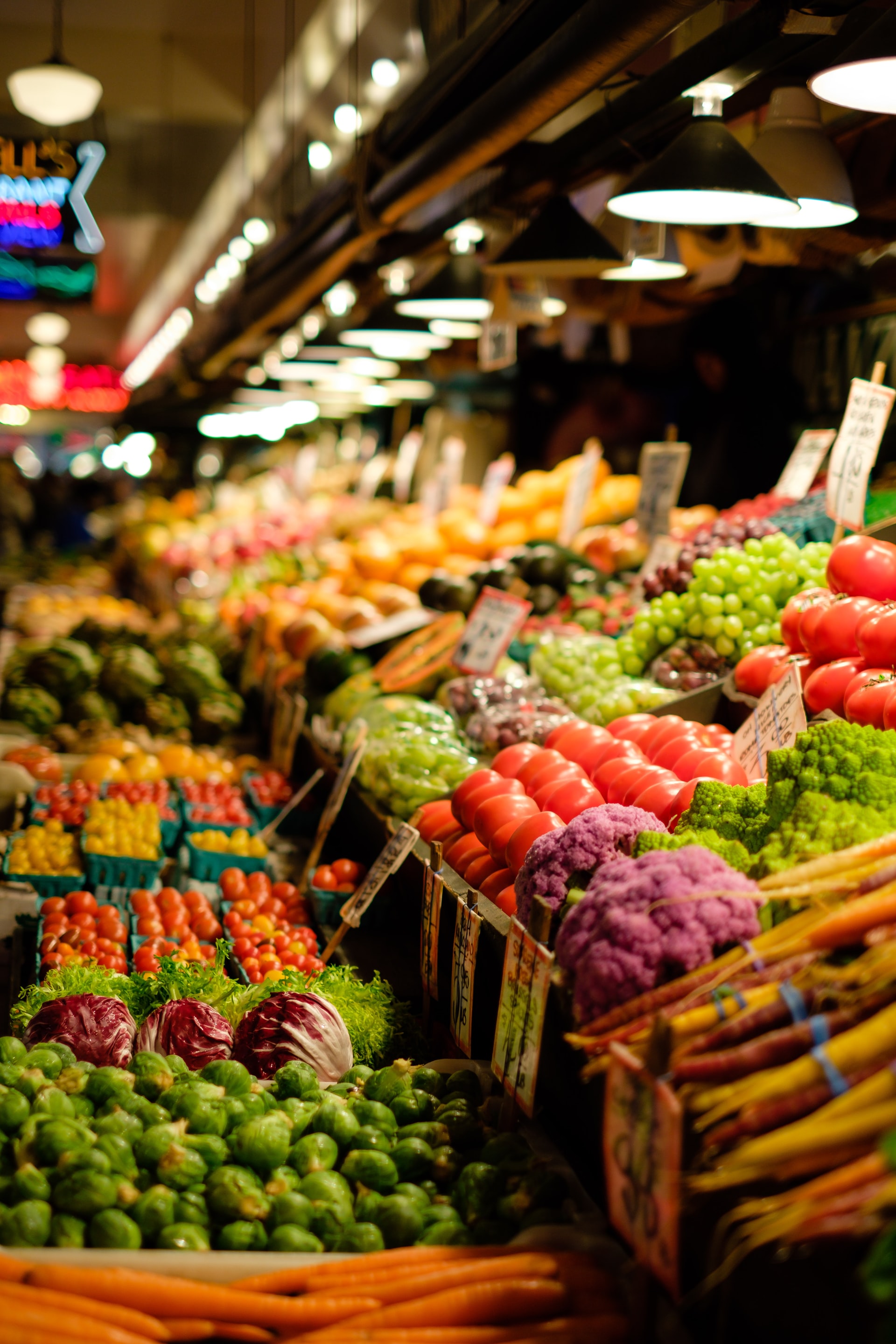
For more information about how grocery stores can combat food waste, check out this article!
Look for zero-waste grocery stores in your area!
The zero-waste movement is gaining real traction, and we are beginning to see new shops (and old ones too) adopting practices that help to make the world a cleaner and greener place. This kind of innovation is just what we need in order to make a low-impact lifestyle more accessible.
Keep an eye out for any zero-waste grocery stores in your area. If they are not yet available or accessible to you, consider choosing a regular grocery store that incorporates some zero-waste practices such as bulk sections or plastic bag bans. Or, simply try to find the items with less packaging and bring your own reusable produce and grocery bags.
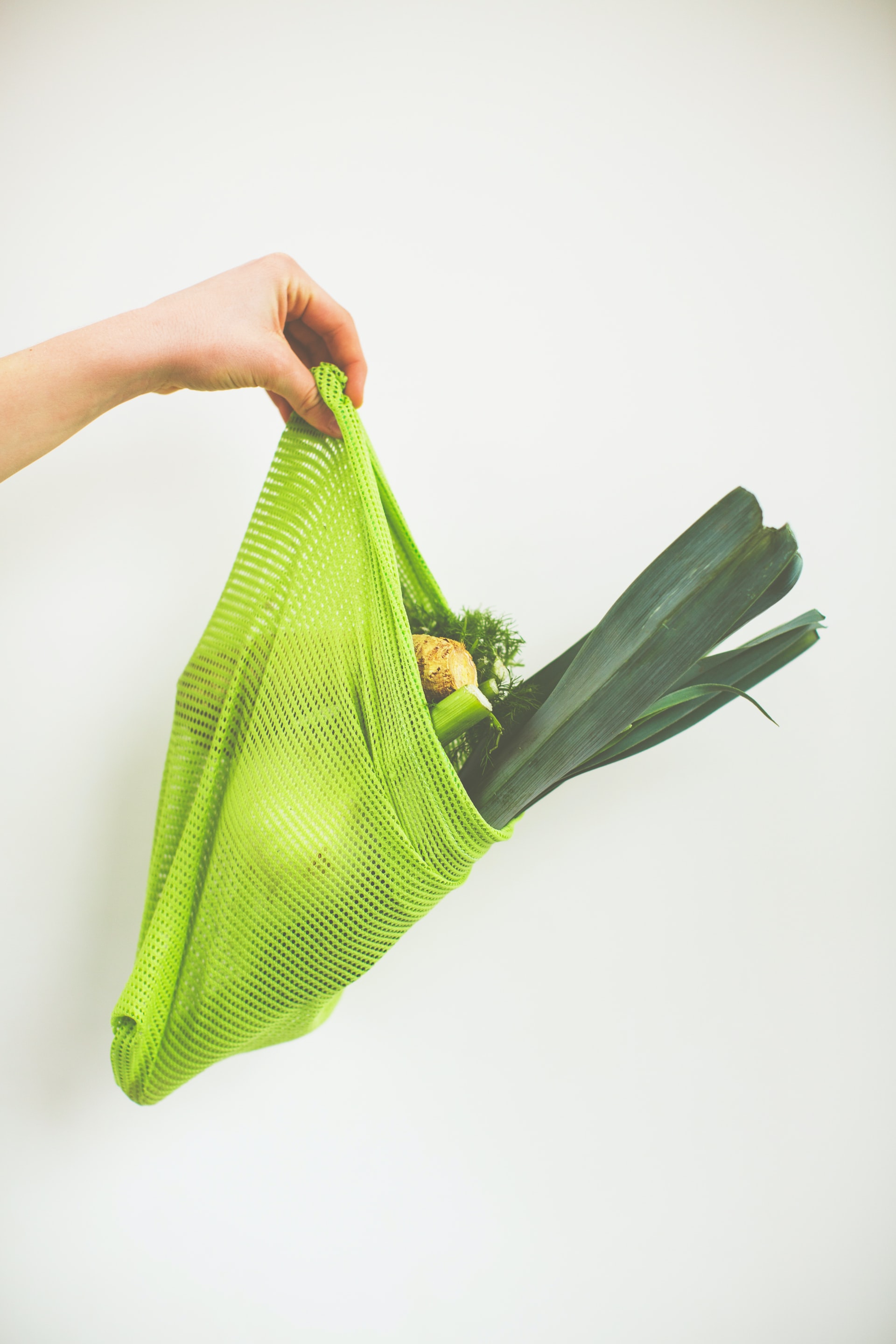
Making change happen
And, if this is an issue that you would like to see change in your local grocery retailer, feel free to send them an email or letter. Let them know your concerns over excessive food packaging and food waste, and encourage better practices across the industry. Retailers do listen if enough of us speak up about our expectations.
Of course, taking action on a personal level to reduce your food waste is another great step to take. Today you can reduce food waste in your home or even get involved in gleaning, or read about positive initiatives like bycatch donation in the fisheries industry. Positive action is all around us!
Stay connected with news and updates!
Join my mailing list to receive the latest news and updates. Your information will not be shared.

